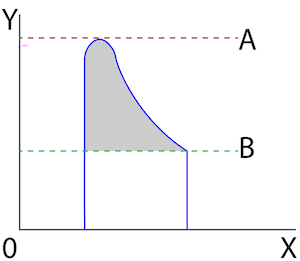You guys are thinking too much about nothing.






If Gustard installs a 2.5a as standard and also releases 3.15a, then there is a reason for this and it has also been tested.
They wrote to me that a 2.5 is for normal listeners and 3.15 for audiophiles.
So your concerns and doubts are actually clarified.
The next point is that many manufacturers deliberately build in a fuse with a somewhat lower value, also for cost reasons.
And do not go to the normal power where it would actually be optimal.
Most devices can actually handle more, even if the fuse would blow.
Of course, if you don't overdo it and go from 2.0 to 5.0 a.
If you have a 2.5 a left over even though a 2.0 was installed, nothing usually happens.
Of course, it is also advisable to ask the manufacturer beforehand to be on the safe side, but they usually approve it, because 0.5 a more hardly affects the overall electronics.
Everything that was discussed on the last page about transformers is a theoretically determined value and nothing more.
It refers mainly to the transformer itself.
And not to other factors, such as additional components that also need to be supplied with power.
Bluetooth, Lan, display, etc. also need power and must be taken into account.
If I were to worry about this and the theory is correct that the two transformers sound better when the Dac is removed, I would rather think about it.
Whether you can't isolate it in the middle with something or by enclosing the transformers.





























